
Token Metrics TradingView Indicator - Trade Cryptocurrencies with Confidence

Trading indicators are a crucial aspect of the investing world, and in the volatile world of cryptocurrency, it becomes all the more important to have them on your side.
TradingView, the leading social trading platform, provides traders with the tools they need to make informed decisions and take their trading game to the next level.
Among the tools offered by TradingView is the Token Metrics Indicator, a powerful tool that combines multiple technical analysis indicators to provide Long/Short signals for crypto assets.
In this blog, we will dive into the Token Metrics TradingView Indicator and how it can help you to improve your trading strategy.
Whether you are a seasoned trader or just starting out, the Token Metrics TradingView Indicator can help you make informed investment decisions and potentially avoid costly mistakes.
That said, let’s get started.
What is Token Metrics TradingView Indicator?
The Token Metrics TradingView Indicator is a powerful tool for crypto assets on TradingView, combining multiple strategies to give you clear Long and Short signals for your trades.
It gives you a clear picture of the market with four key components: Clouds, Trend Line, Signals, and Channels. The Clouds show the current trend (green for bullish and red for bearish), the Trend Line provides a long-term market outlook with resistance and support levels, the Signals provide buy/sell signals and the Channels help to determine the previous swing high and low to get an idea of where resistance/support might be forming and where breakouts can occur.

The backtesting feature allows users to assess the strategy's historical performance and understand its potential, risk profile, and suitability for different market conditions.

The Token Metrics TradingView Indicator offers customization options to match individual trading preferences through its inputs.
Users can adjust these values based on risk tolerance and market conditions, allowing optimal performance and profitability. Whether you prefer a fast-reacting or slow-adapting strategy, the Token Metrics TradingView Indicator has you covered.
Supports All Types of Traders
The Token Metrics Trading View Indicator offers traders two distinct approaches to cryptocurrency trading: long-term and high-frequency trading. Each style has its considerations and best practices to maximize profitability.
For long-term traders, the Token Metrics TradingView Indicator provides a trend-following strategy best suited for Daily and Weekly timeframes. This approach excels in trending markets but may produce false signals in choppy or range-bound markets. It is important for long-term traders to keep in mind that the goal is to gain exposure to strong trends without excessive trading.
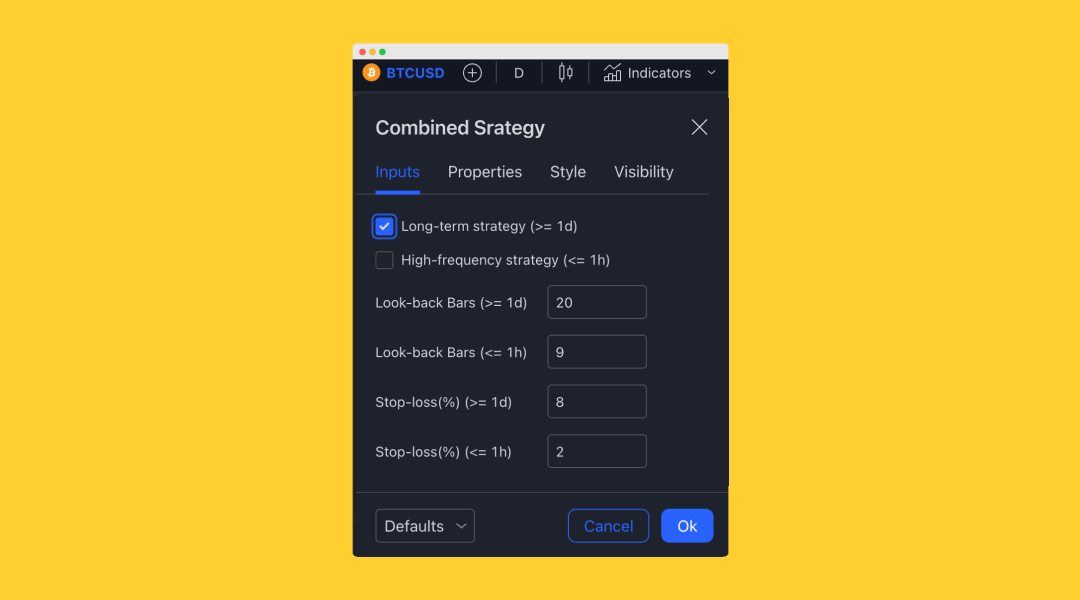
On the other hand, high-frequency traders can take advantage of the mean-reverting capabilities of the Token Metrics TradingView Indicator. This approach is best suited for 15min, 30min, and 1hr timeframes and works best in choppy and range-bound markets. Mean-reversion is stronger on low time frame charts, making this strategy ideal for traders looking to buy at the bottom of the channel and sell at the top. It is important for high-frequency traders to remember that this strategy is not intended for exposure to prevailing trends.

Whether you prefer long-term or high-frequency trading, the Token Metrics TradingView Indicator provides the tools and customization options to match your individual style. By understanding the strengths and limitations of each approach, you can make the most out of your trading strategy with the Token Metrics TradingView Indicator.
How to Get the Token Metrics TradingView Indicator
The Token Metrics TradingView Indicator is included in all Token Metrics Plans.
You can also get this indicator as a standalone product by visiting this page to learn more.
Conclusion
In conclusion, the Token Metrics TradingView Indicator is a versatile tool that can be customized to fit the needs of both long-term and high-frequency traders.
Whether you're looking to gain exposure to strong trends or to take advantage of mean-reversion in choppy markets, the Token Metrics TradingView Indicator provides the features and flexibility you need to achieve your trading goals.
With its comprehensive backtesting capabilities, you can get a deep understanding of the performance of your strategy, allowing you to make informed decisions and achieve consistent profits in the cryptocurrency market.

.svg)

Create Your Free Token Metrics Account

.png)




%201.svg)
%201.svg)


%201.svg)




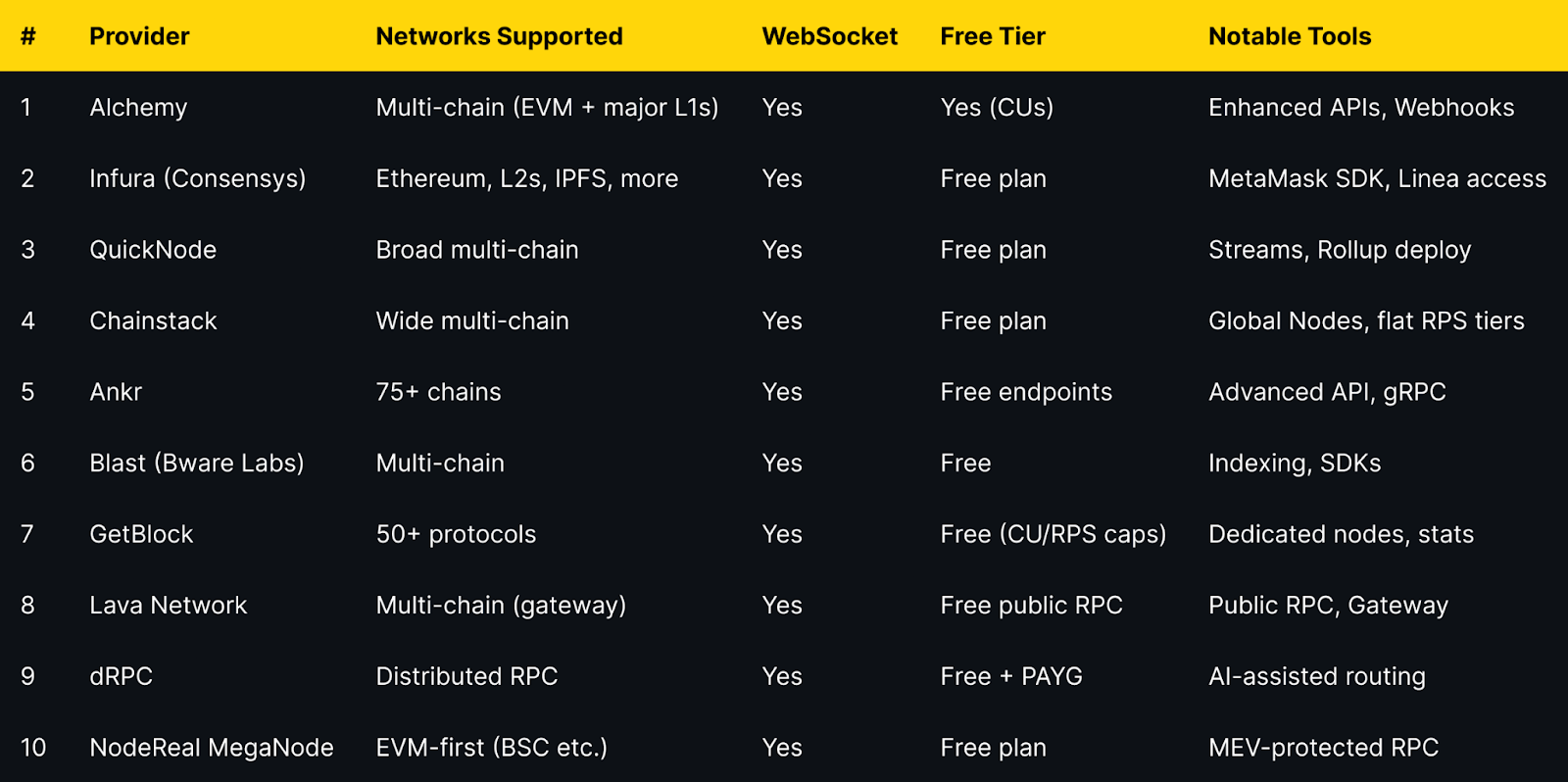




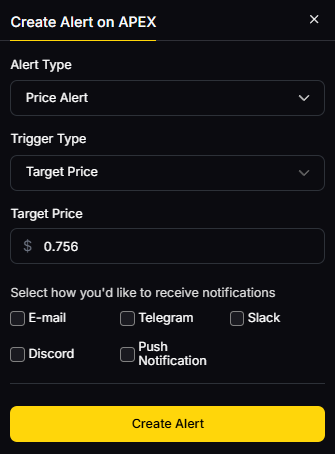



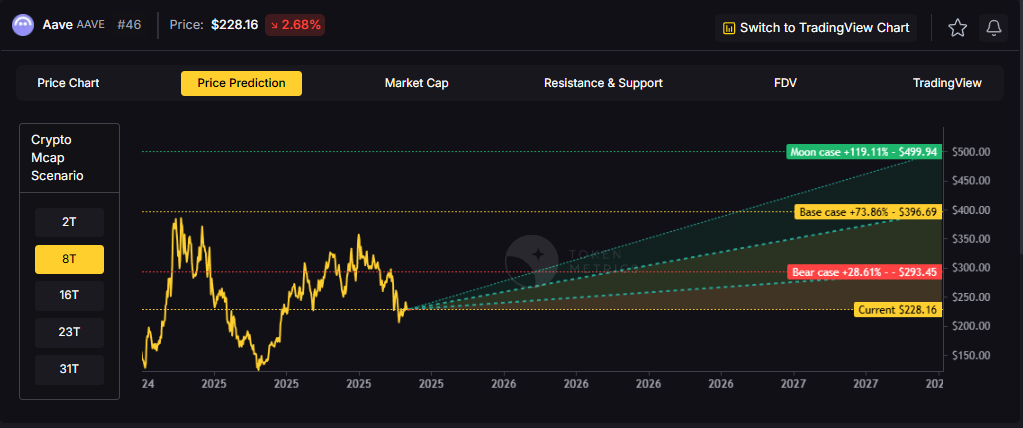
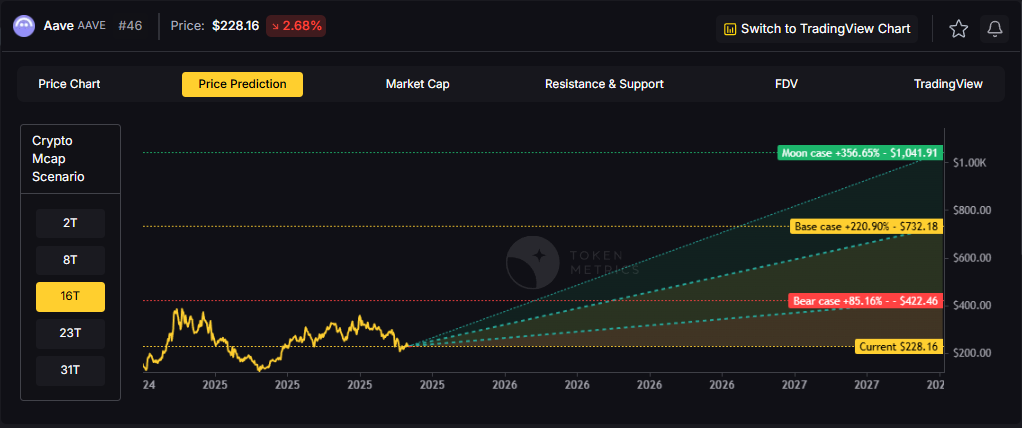

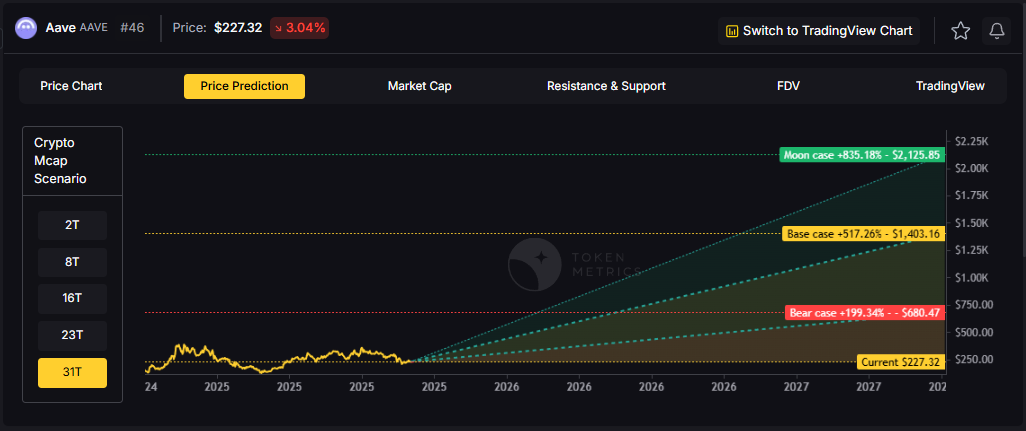

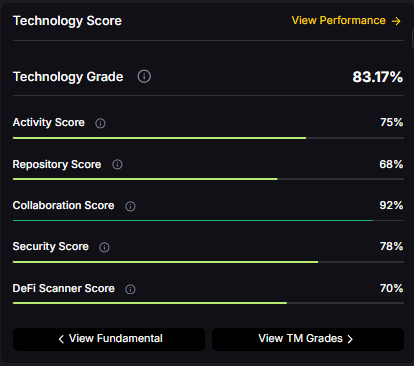
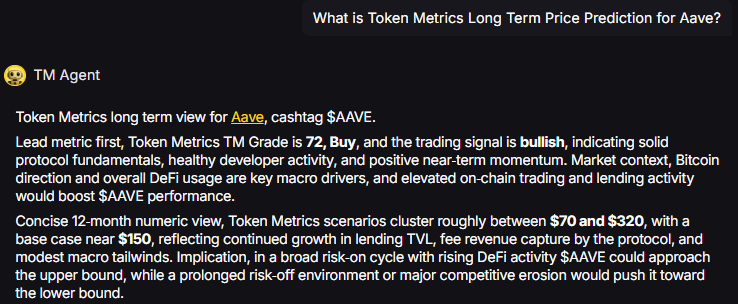



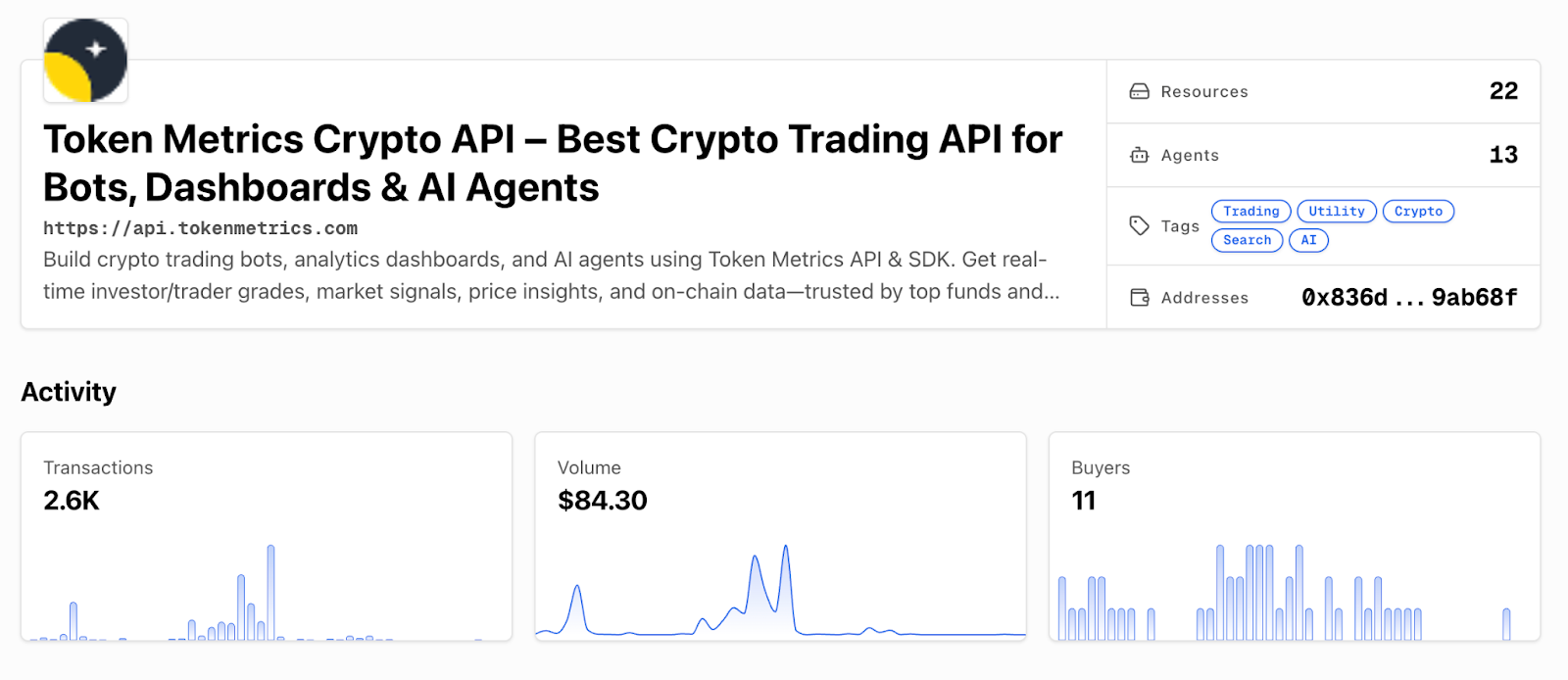
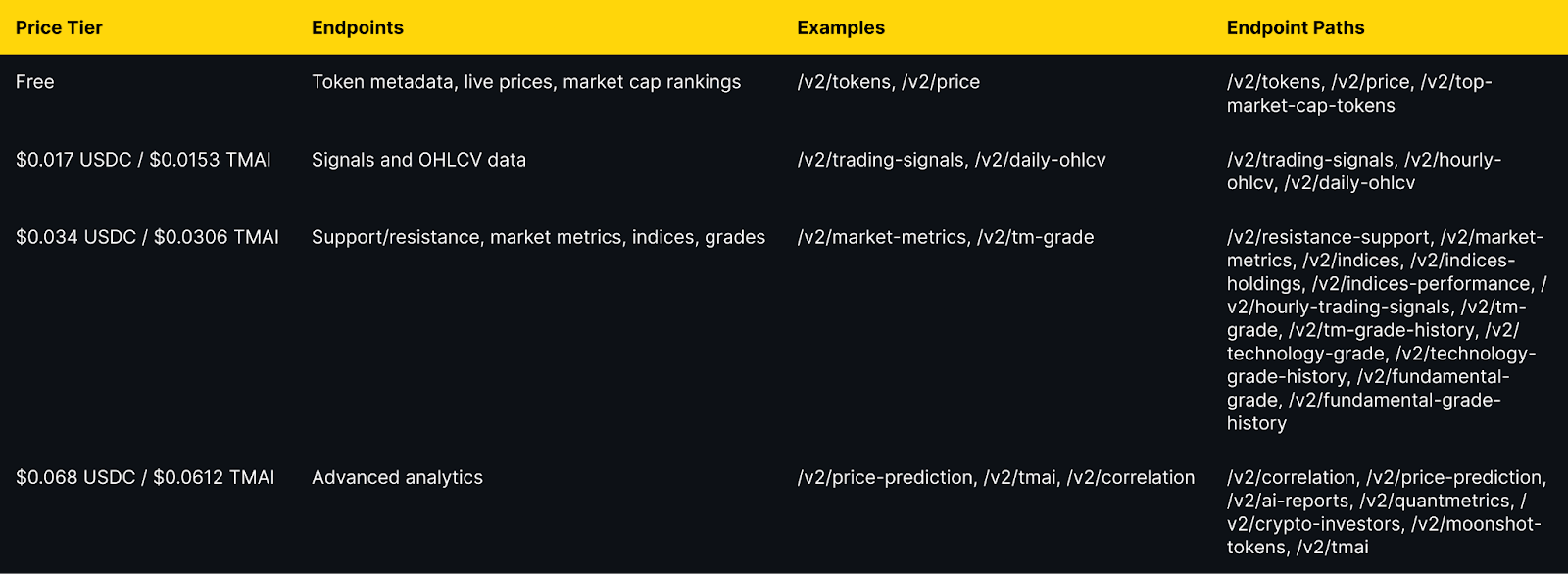
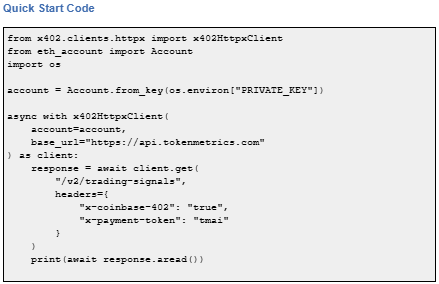



.svg)




.png)